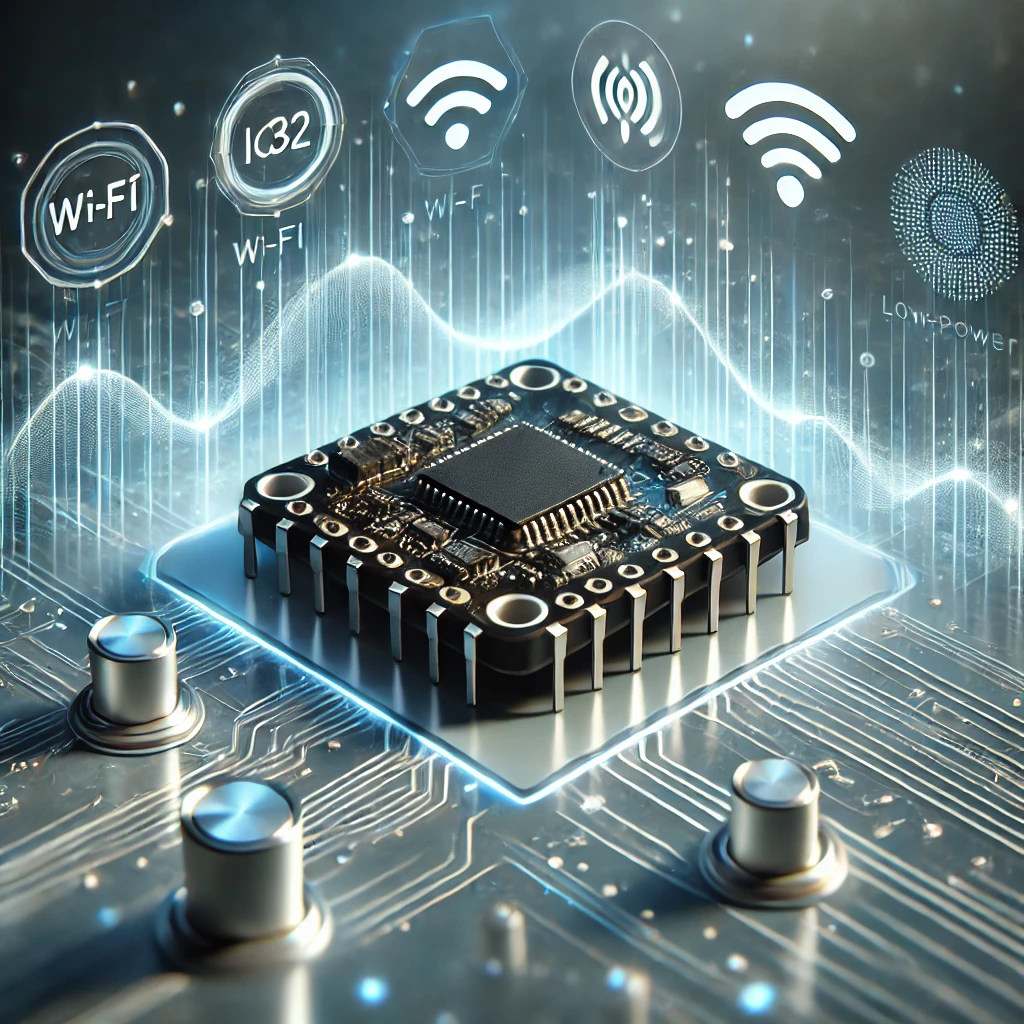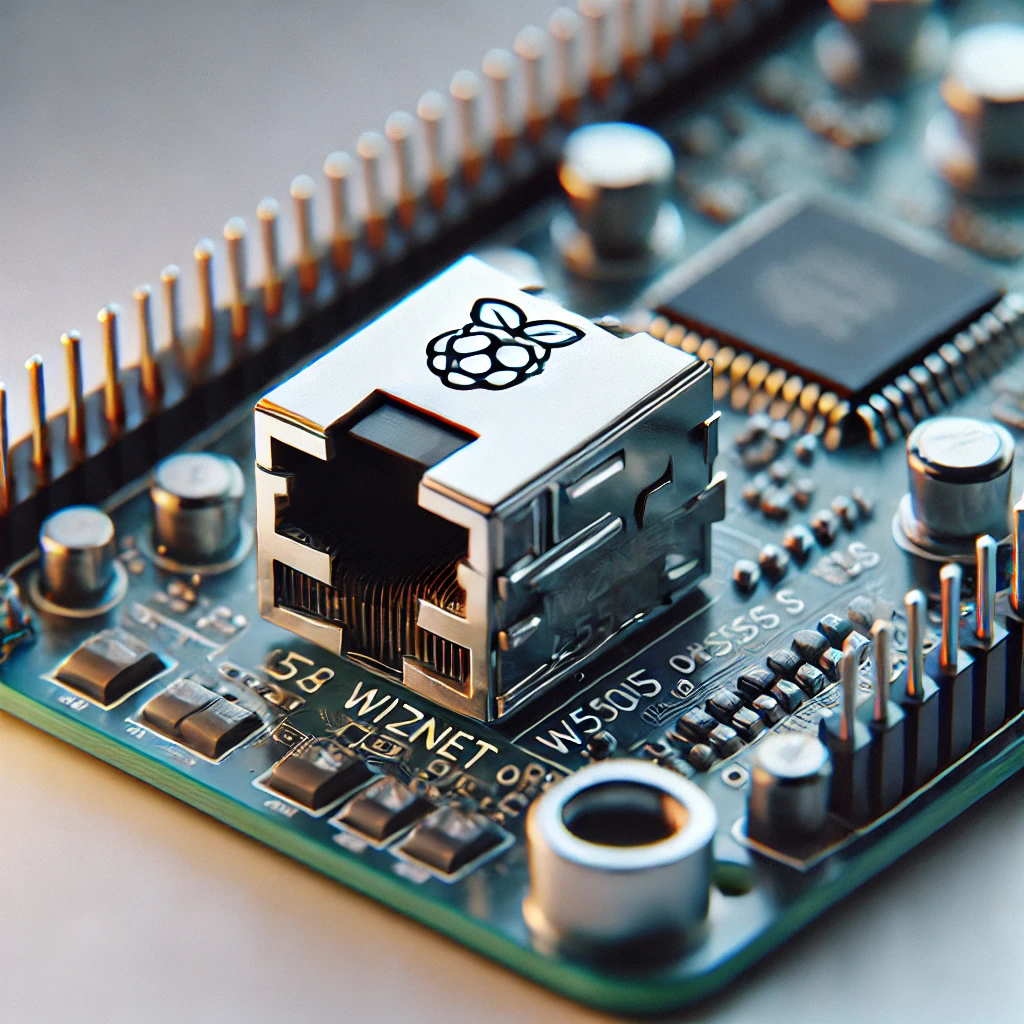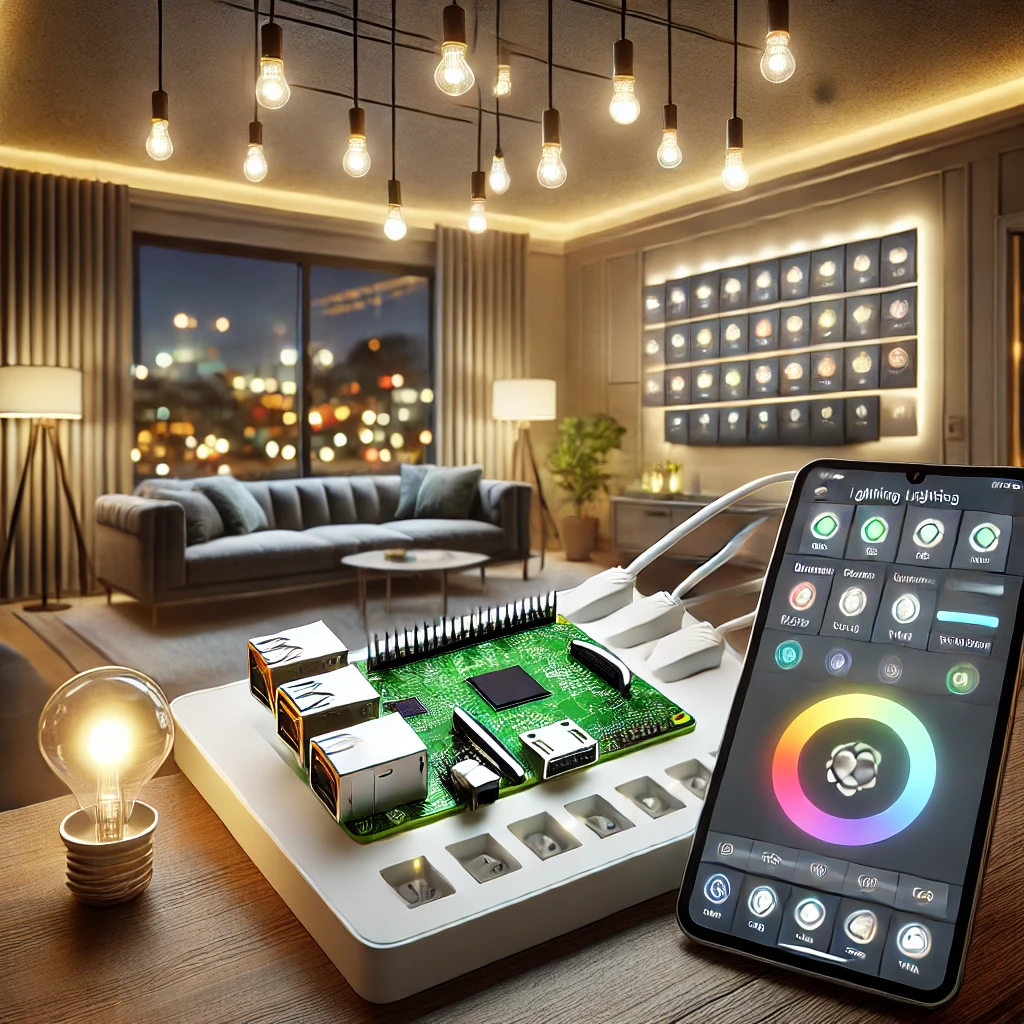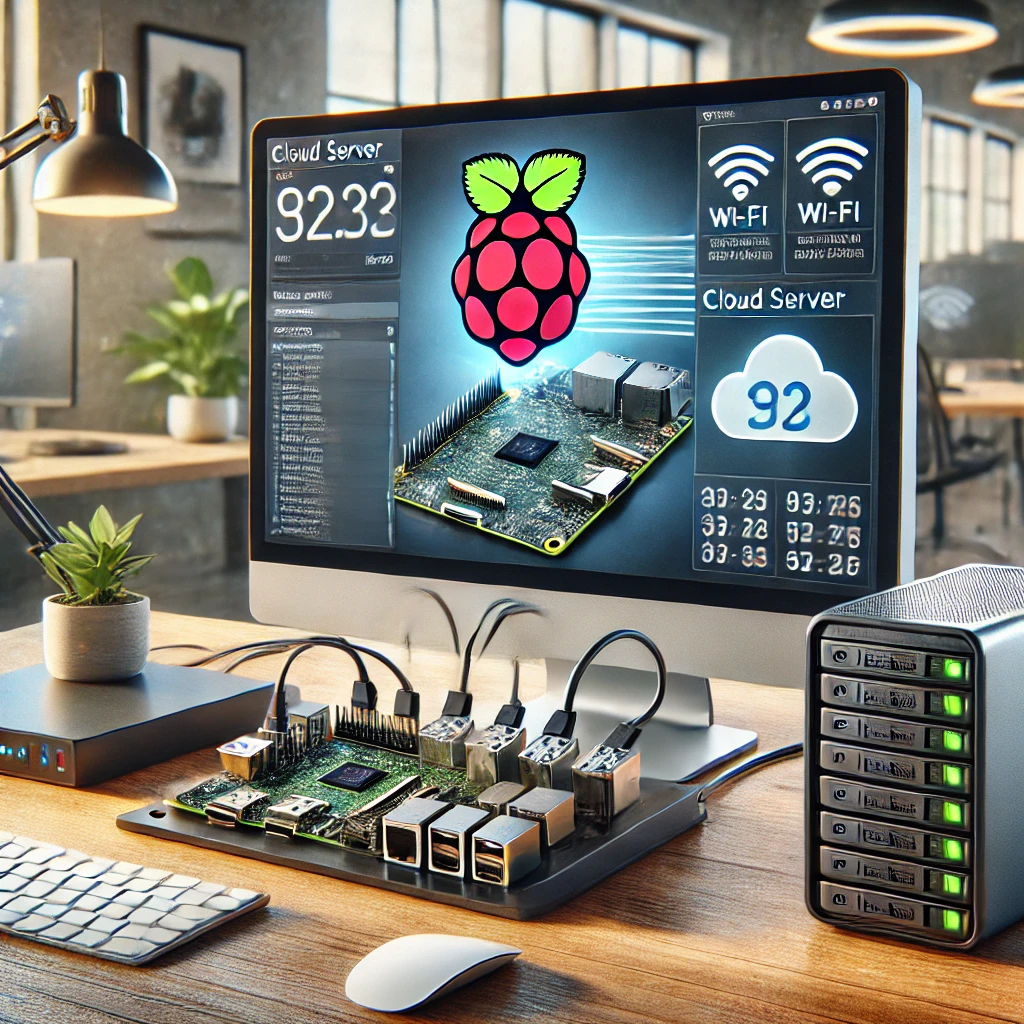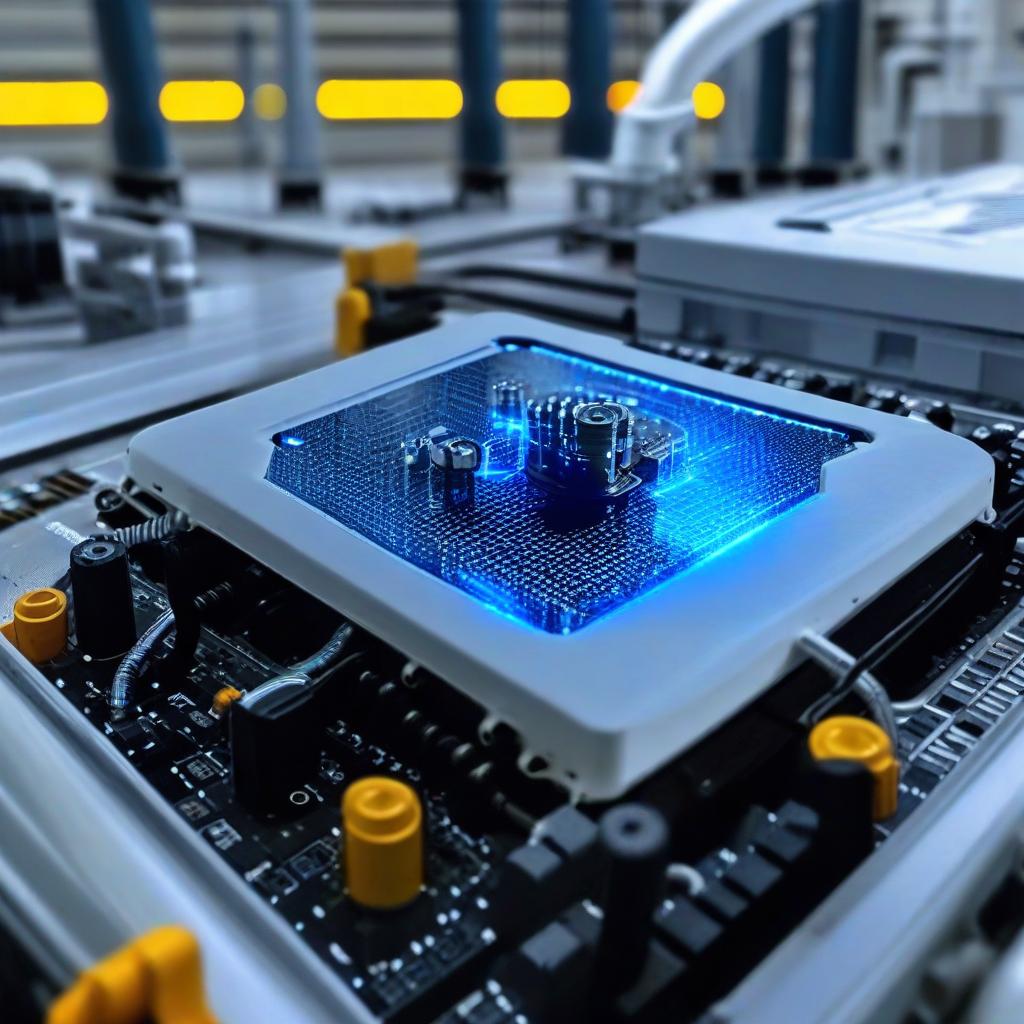The ESP32 is a popular microcontroller that powers numerous IoT applications due to its robust features, affordable price, and ease of use. But what do these features actually mean in practical terms? In this article, we’ll dive into the key aspects of the ESP32, discussing how each feature translates to real-world use, especially for developers and hobbyists.
Key Features of the ESP32
-
Dual-Core Processor
- What it means: The ESP32 houses two Xtensa LX6 microprocessor cores.
- Practical Use: Having dual cores allows multitasking, such as running Wi-Fi communications on one core while handling sensor data or a web server on the other. This division boosts efficiency in complex projects.
-
Wi-Fi and Bluetooth Connectivity
- What it means: The ESP32 supports both Wi-Fi (802.11 b/g/n) and Bluetooth (v4.2 and BLE).
- Practical Use: You can seamlessly connect your ESP32 to the internet, control devices remotely, or build wireless sensor networks. Bluetooth Low Energy (BLE) is ideal for battery-powered, short-range communication.
-
Ultra-Low Power Consumption
- What it means: The ESP32’s deep sleep mode can consume as low as 10 µA.
- Practical Use: This feature is perfect for battery-operated devices, ensuring long uptime without frequent recharging. Use it for IoT sensors, where continuous power isn’t available.
-
Integrated Hall Sensor and Touch Sensors
- What it means: The ESP32 comes with an internal Hall sensor and capacitive touch sensors.
- Practical Use: These can be utilized to detect magnetic fields or create touch-based user interfaces for projects like home automation or simple games.
-
Multiple GPIO Pins
- What it means: The ESP32 has 34 General Purpose Input Output (GPIO) pins.
- Practical Use: These GPIO pins can interface with a wide range of sensors, motors, and LEDs, allowing for endless project possibilities from robotics to home automation.
-
Integrated Cryptography Hardware
- What it means: The ESP32 features hardware accelerators for encryption algorithms like AES, SHA, and RSA.
- Practical Use: These features provide enhanced security for IoT applications, safeguarding data transmission in environments like smart homes or industrial IoT systems.
-
SPI, I2C, UART, and PWM Interfaces
- What it means: The ESP32 supports standard communication protocols.
- Practical Use: You can easily connect the microcontroller to other devices like sensors or LCDs, making it highly versatile for a variety of embedded systems projects.
Real-World Applications
-
Home Automation Systems
- With its Wi-Fi and Bluetooth capabilities, the ESP32 can act as the brain of smart home systems, managing lights, alarms, or appliances remotely.
-
Wearable Technology
- Due to its low power consumption, the ESP32 is ideal for fitness trackers or smartwatches that require long battery life.
-
IoT Projects
- ESP32’s multiple communication protocols and GPIO pins allow you to create weather stations, environmental monitoring systems, or remote surveillance devices.
Optimized for Performance
The ESP32’s feature set makes it highly adaptable for various use cases, from simple DIY electronics projects to more complex industrial applications. Developers can focus on performance optimization using its dual-core processor while relying on robust connectivity options and cryptographic security features for data transmission.
The ESP32 microcontroller is a powerhouse that brings versatility and performance to countless projects. Whether you’re working on IoT devices, home automation, or industrial applications, its features provide real-world benefits, making it a go-to solution for tech enthusiasts and professionals alike.
- Link to official ESP32 documentation and Arduino IDE ESP32 guide for further reading.

